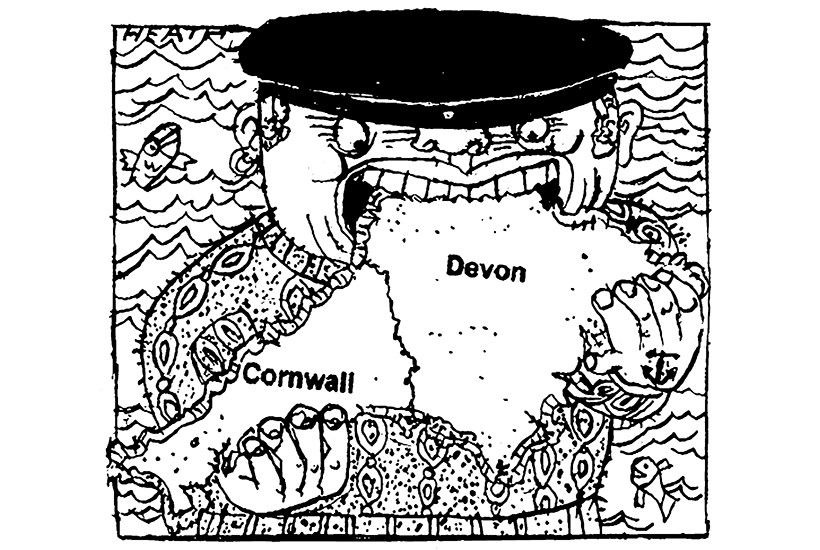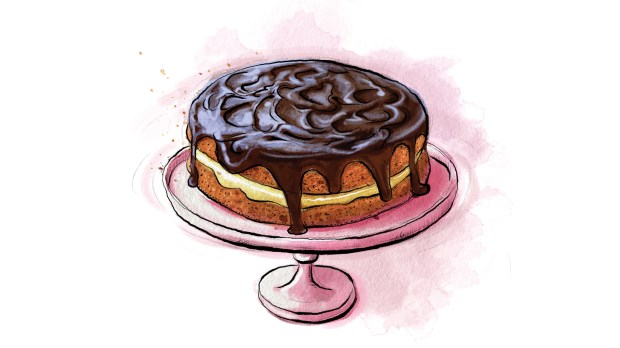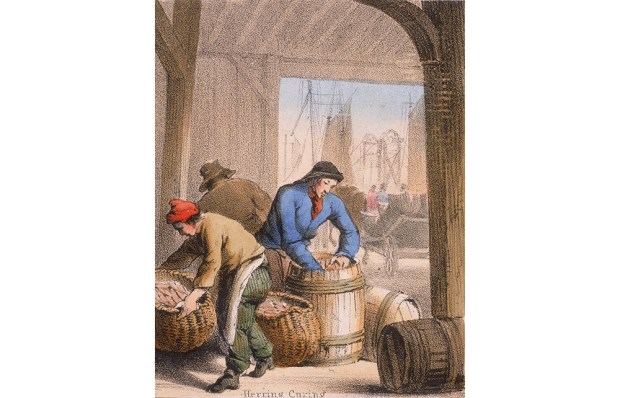This week, world leaders are doing what countless Brits do every summer: unpacking their bags in a charming corner of Cornwall. The G7 summit — Joe Biden’s first, and Angela Merkel’s last — is taking place in the resort town of Carbis Bay, a stone’s throw from St Ives.
Between the speeches and the roundtables, will the world leaders find time to tuck into Cornwall’s proudest and most popular export, the Cornish pasty? Boris Johnson talked about the region’s industrial history in the run-up to the event: ‘Two hundred years ago Cornwall’s tin and copper mines were at the heart of the UK’s industrial revolution and this summer Cornwall will again be the nucleus of great global change and advancement.’ Well, you don’t invoke tin mining without putting pasties on the menu.
The origin of the pasty is difficult to trace. They are mentioned in Chaucer and Shakespeare; Jane Seymour was a fan. In a letter to Henry VIII’s third wife, a baker writes: ‘Hope this pasty reaches you in better condition than the last one.’
But then, across the world, pastry has been used as both a vessel and a means of preserving for as long as cooking has existed. In the Middle Ages, pasties were commonplace across Britain. Regional variations of hand-held pies were ubiquitous by the 1800s.
The Cornish weren’t doing anything groundbreaking with their pasties, but their particular variety became a symbol of Cornish pride, popular with the county’s many farmers and miners. The pasty was cheap, portable, nutritious and filling for those working long, physically intense days. The distinctive side-crimping allowed miners, whose hands were covered in tin or copper dust, to hold the crimped edge as a handle, and throw it away when they were done. The discarded pastry was said to please the ‘knockers’, the spirits that lived in the mines.
The Cornish mining industry collapsed in the mid-19th century, but the pasty survived. Today, a huge amount of money is wrapped up in that thick pastry shell. Cornwall is the UK’s most popular holiday destination and collectively, tourists eat their way through well north of 100 million pasties a year. Some 20 per cent of the region’s food and drink turnover comes from pasties.
Cornwall has had to fight for its right to pasty. It took a nine-year battle with the EU to gain Protected Geographical Indication — a status also enjoyed by champagne, parmigiano reggiano and the Melton Mowbray pork pie. To name itself as such, a Cornish pasty now must be made (although not necessarily baked) in the county. It must be filled with potato, swede (which the Cornish call turnip), onion and coarsely chopped beef (never mince). The filling must be uncooked when it meets the pastry, which in turn must be D-shaped, golden and ‘robust’.
There is, surprisingly, a choice of acceptable pastries: shortcrust, puff or rough puff will all do the job, although aficionados tend to argue for 50 per cent butter, 50 per cent lard shortcrust, which makes the pastry crisp and short. This has become more important, because unlike the tin miners, we now eat the crust too. But the PGI status means that even if you follow the rules of preparation and presentation, any pasty filled outside those Cornish borders is a mere imitator — a Cornish pasty, if you will.
Got something to add? Join the discussion and comment below.
Get 10 issues for just $10
Subscribe to The Spectator Australia today for the next 10 magazine issues, plus full online access, for just $10.
You might disagree with half of it, but you’ll enjoy reading all of it. Try your first month for free, then just $2 a week for the remainder of your first year.















Comments
Don't miss out
Join the conversation with other Spectator Australia readers. Subscribe to leave a comment.
SUBSCRIBEAlready a subscriber? Log in